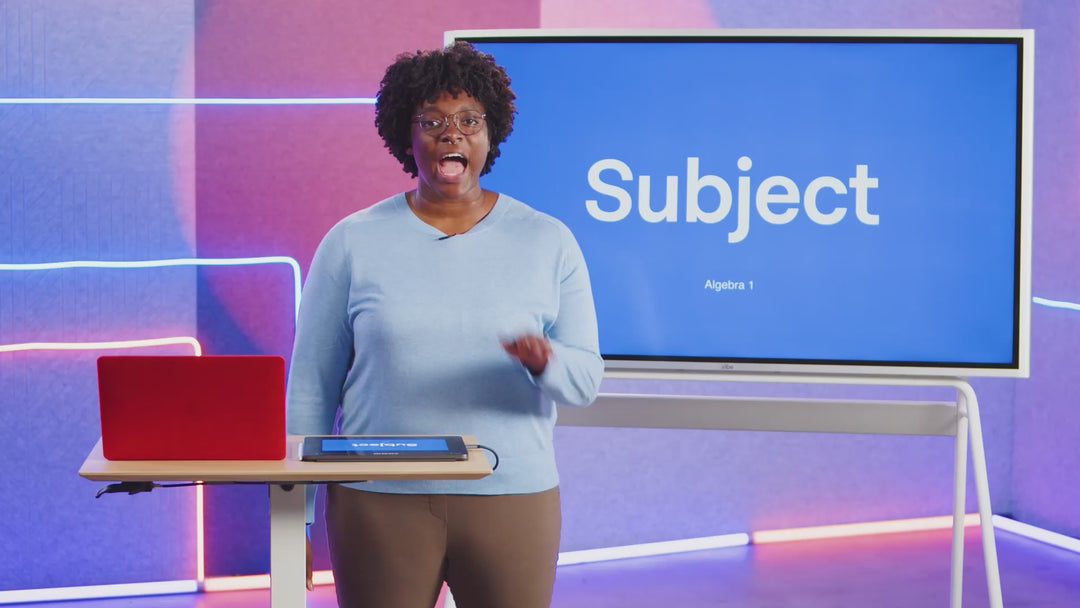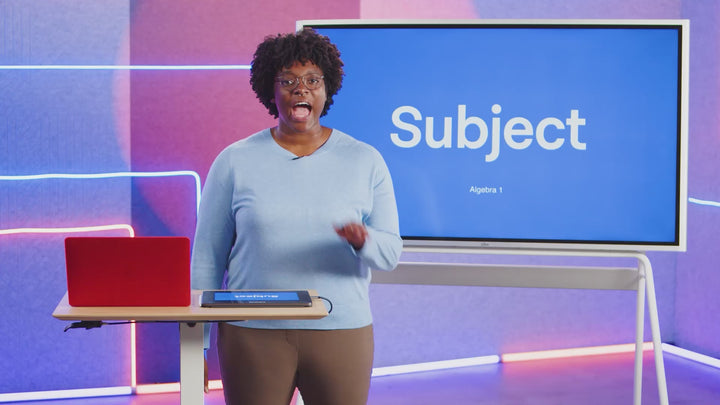Ninth Grade Curriculum
- 7 courses included
- Update grade level anytime
- 14-day satisfaction guarantee*
Subscribe more students, save more!
10% off
2 students
20% off
3-5 students
25% off
6+ students
Designed for the way modern teenagers learn, our Cinema Series ninth grade curriculum offers relatable teachers, studio visuals, and concise segments that support independent learning. Students learn critical thinking, effective communication, time management, and independent study habits that lay the foundation for academic success in high school and beyond.
English I introduces students to literature and composition, helping them build foundational literacy skills, explore diverse texts and genres, and strengthen their reading, writing, speaking, and listening abilities.
Algebra I is a foundational course that deepens students’ understanding of linear and other functions through graphing, solving, and analyzing various representations, preparing them for advanced mathematical learning.
In Biology, students engage in inquiry-based investigations as they explore core concepts such as energy flow, genetics, ecosystems, and biotechnology, while developing scientific thinking and problem-solving skills.
In United States History, students explore the cultural, economic, political, and social development by analyzing sources, making historical connections, and applying reasoning skills across key themes, preparing them for college-level work and careers requiring critical thinking.
Students can customize their schedule by choosing from our unique electives options, or by adding on a foreign language.
Most popular core classes for ninth graders include:
- English I - Refine existing skills and learn new ways to read and write texts across multiple genres
- Algebra I - Explore linear, polynomials, quadratic functions and inequalities.
- Biology - Discover the intricacy of cell biology, genetics, and the human body
- United States History - Examine historical events from the foundations of the United States to the present day.
Ninth graders choose from the following elective options:
- Drawing I
- Photography I
- Introduction to Engineering
- Health Education
- Physical Education
- Financial Literacy I: Personal Finance
- Financial Literacy II: Budgeting & Investment
- Music Production and Digital Media
- Introduction to Computer Science
Math Alternatives:
- Geometry
- Algebra II
- Pre-Calculus
- Advanced Math & Trigonometry
Science Alternatives:
- Introduction to Engineering
- Chemistry
- Physics
Social Studies Alternatives:
- World History
- United States Government & Politics
- Economics
English I
- Chapter 1: The Human Story
- Chapter 2: Why Do We Read Stories?
- Chapter 3: Making Meaning Through Annotations
- Chapter 4: The Power of Summarizing and Inferring
- Chapter 5: Why Do We Read Informational Texts?
- Chapter 6: Making Meaning with Text Features
- Chapter 7: How Informational Texts Can Change Our Experience with Literature
- Chapter 8: What Actually Is Grammar Anyway?
- Chapter 9: Writing to Communicate Our Insight
- Chapter 10: Writing Original Analysis
- Chapter 11: Personal Narratives: The Autobiography
- Chapter 12: Informational Texts and Autobiographies
- Chapter 13: Wrapping Up The School Days of an Indian Girl
- Chapter 14: What "They Say": Conducting Research
- Chapter 15: They Say/I Say: Forming an Argument of Your Own
- Chapter 16: Outlining
- Chapter 17: Writing the Body of Your Research Paper
- Chapter 18: What “I Say”: Constructing a Research Paper
- Chapter 19: Your Reader’s Best Friends: Intros, Conclusions, and Works Cite
Algebra I
- Chapter 0: Getting Ready for Algebra
- Chapter 1: Introduction to Algebra
- Chapter 2: Solving Equations
- Chapter 3: Linear Functions
- Chapter 4: Graphing Linear Equations
- Chapter 5: Solving and Graphing Inequalities
- Chapter 6: Systems of Equations and Inequalities
- Chapter 7: Exploring Absolute Value Functions
- Chapter 8: Exponents and Radicals
- Chapter 9: Exponential Functions
- Chapter 10: Quadratic Expressions and Equations
- Chapter 11: Quadratic Functions
- Chapter 12: Exploring One-Variable Data
- Chapter 13: Exploring Two-Variable Data
Biology
- Chapter 1: The Foundation of Life
- Chapter 2: Classification and Types of Cells
- Chapter 3: Cell Processes
- Chapter 4: Genetics Part 1
- Chapter 5: Genetics Part 2
- Chapter 6: Evolution Part 1
- Chapter 7: Evolution Part 2
- Chapter 8: Ecology
- Chapter 9: Ecology & Human Impact
U.S. History
- Chapter 1: The Founding Principles
- Chapter 2: Post Civil War Era
- Chapter 3: The Progressive Era
- Chapter 4: Rise of a World Power
- Chapter 5: Domestic Changes During the 1920s and 1930s
- Chapter 6: World War II
- Chapter 7: The Early Cold War
- Chapter 8: The Civil Rights Movement
- Chapter 9: The 1970s and 1980s
- Chapter 10: The 1990s to Modern Era

























